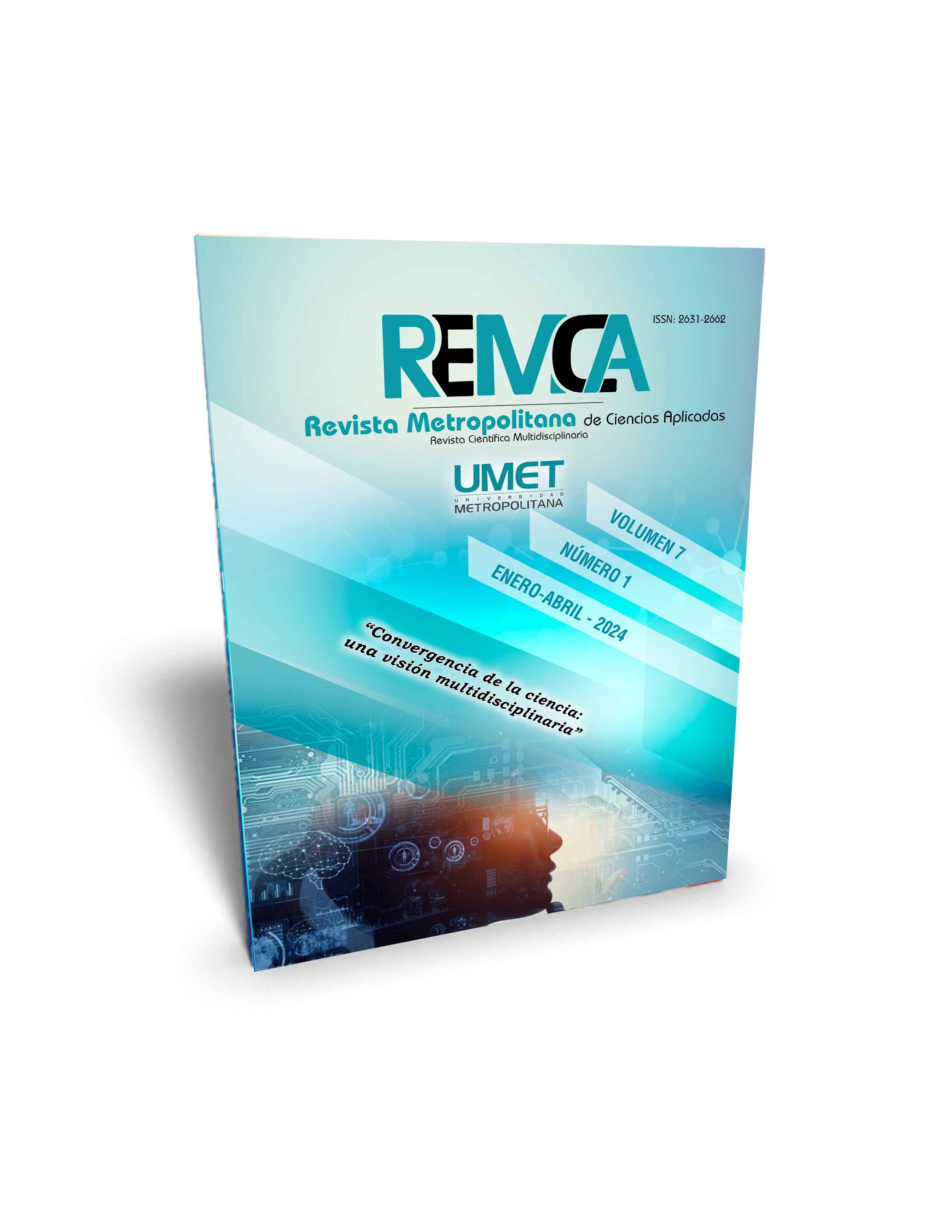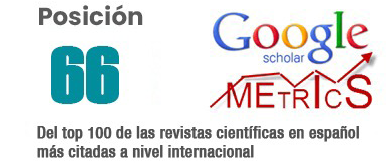Dynamics of vegetative development of banana crops through radical stimulation under sprinkler irrigation
DOI:
https://doi.org/10.62452/8tj9z872Keywords:
Banana, root, yield, organicAbstract
The production of bananas (Musa spp.) represents the most important item for the economy of the Province of El Oro. The penetration of the root system in this crop is weak, so the distribution is related to the texture and structure of the soil. This study was to evaluate the effect of different root stimulation programs on the vegetative development of banana crops under a sprinkler irrigation system. The research work was developed in the "Adrianita" farm in the Province of El Oro - Ecuador, which is located in the localities of Sabalucal-Parish Barbones del Canton el Guabo, a completely randomized block design (DBCA) was carried out, applying six treatments, T1 (Control), T2 (Carving), T3 (Rooting based on seaweed), T4 (Humic Acids), T5 (Rooting + Humic Acids), and T6 (Herculization), divided into four blocks, the Data were statistically analyzed by analysis of variance (ANOVA), using the Agrostat® software (Barbosa and Maldonado, 2010). The results obtained were plant height 3.59 m in T6, pseudostem diameter 90.61 cm in T6, number of leaves 8.07 in T1, chlorophyll levels 52.85 (SPAD) in T6, total root mass 85.92 g in T6.
Downloads
References
Alcántar González, G., & Trejo–Téllez, L. (2011). Nutrición Vegetal. Revista fitotecnia mexicana, 34(3).
Bhatt, R., & Sharma, M. (2014). Importance of soil testing and techniques of soil sampling. Lap Lambert Academic publishing.
Briggs, D. E. (2012). Barley. Springer Science & Business Media.
Cando Tuarez, G. (2019). Efectos del trinchado de raíces de banano (Musa AAA) sobre la masa radical y la densidad poblacional de nemátodos. (Trabajo Experimental). Universidad Técnica de Babahoyo.
Ecuador. Ministerio de Agricultura, Ganadería, Acuacultura. (2017). Cultivo de banano en Ecuador. MAGAP. https://www.agricultura.gob.ec/
Ganchozo Rodriguez, N. L. (2021). Respuesta agronómica del cultivo de banano (Musa paradisiaca) a la aplicación de ácidos húmicos. (Tesis de pregrado). Universidad Técnica de Cotopaxi.
Gia, E. O. (2014). Formas de herculizado en el cultivo de banano. (Tesis de pregrado). Universidad Técnica de Machala.
Moreno, L. P. (2009). Respuesta de las plantas al estrés por déficit hídrico. Una revisión. Agronomía colombiana, 27(2), 179-191.
Nair, A. (2018). Importance of soil fertility in vegetable crop production. IOWA State University Extension and Outreach, January. https://www.extension.iastate.edu/smallfarms/importance-soil-fertility-vegetable-crop-production
Ordóñez Salinas, F. S. (2019). Evaluación de un bioestimulante comercial en el rendimiento ydesarrollo del cultivo de tomate (Solanum lycopersicum) variedad Fortuna bajo condiciones de invernadero en la provincia del Azuay. (Tesis de Pregrado). Universidad de Cuenca.
Pourrut, P. (1995). El agua en el Ecuador: Clima, precipitaciones, escorrentía. Corporación Editora Nacional.
Reyes-Pérez, J. J., Rivero-Herrada, M., Solórzano-Cedeño, A. E., Carballo-Méndez, F., Lucero-Vega, G., & Ruiz-Espinoza, F. H. (2021). Application of humic acids, chitosan and mycorrhizal fungus influence pepper growth and development. Terra Latinoamericana, 39.
Suárez, L. A. (2012). Efectos de la herculizacion frente a los aireadores en banano. (Tesis de pregrado). Universidad Técnica de Machala.
Trevisan, S., Francioso, O., Quaggiotti, S., & Nardi, S. (2010). Humic substances biological activity at the plant-soil interface: From environmental aspects to molecular factors. Plant Signaling & Behavior, 5(6), 635–643.
United States Department of Agriculture. (2010). Keys to Soil Taxonomy. USDA-NRCS. https://www.nrcs.usda.gov/sites/default/files/2022-09/Keys-to-Soil-Taxonomy.pdf
Veobides-Amador, H., Guridi-Izquierdo, F., & Vázquez-Padrón, V. (2018). Las sustancias húmicas como bioestimulantes de plantas bajo condiciones de estrés ambiental. Cultivos Tropicales, 39(4), 102-109.
Downloads
Published
Issue
Section
License
Copyright (c) 2024 Evelyn Carolina Ávila-Campoverde, Diego Santiago Castillo-Paredes, Diego Villaseñor Ortiz, Rigoberto Miguel García-Batista (Autor/a)

This work is licensed under a Creative Commons Attribution-NonCommercial-ShareAlike 4.0 International License.
Authors who publish in Revista Metropolitana de Ciencias Aplicadas (REMCA), agree to the following terms:
1. Copyright
Authors retain unrestricted copyright to their work. Authors grant the journal the right of first publication. To this end, they assign the journal non-exclusive exploitation rights (reproduction, distribution, public communication, and transformation). Authors may enter into additional agreements for the non-exclusive distribution of the version of the work published in the journal, provided that acknowledgment of its initial publication in this journal is given.
© The authors.
2. License
The articles are published in the journal under the Creative Commons Attribution-NonCommercial-ShareAlike 4.0 International License (CC BY-NC-SA 4.0). The terms can be found at: https://creativecommons.org/licenses/by-nc-sa/4.0/deed.en
This license allows:
- Sharing: Copying and redistributing the material in any medium or format.
- Adapting: Remixing, transforming, and building upon the material.
Under the following terms:
- Attribution: You must give appropriate credit, provide a link to the license, and indicate if any changes were made. You may do this in any reasonable manner, but not in any way that suggests the licensor endorses or sponsors your use.
- NonCommercial: You may not use the material for commercial purposes.
- ShareAlike: If you remix, transform, or build upon the material, you must distribute your creation under the same license as the original work.
There are no additional restrictions. You may not apply legal terms or technological measures that legally restrict others from doing anything the license permits.




